Disability Access to Rail – Creating an Inclusive Society
By Steven Mifsud, Director of Direct Access Consultancy and an NRAC Access Consultant
The Life Opportunities Survey (Office for National Statistics) identified that 74% of adults with an impairment name at least one mode of transport which they ‘do not use at all’ or ‘use less than they would like’ compared to 58% of adults without an impairment. This suggests that disabled people face more (or increased) barriers to public transport use. In the United States, the National Organisation on Disability found that disabled people are four times more likely to lack suitable transportation than non-disabled people.
To use a public transport system successfully, users need to be able to find the route to their desired destination, understand scheduling information, be aware of cancellations or delays and platform changes. Barriers to people with mobility impairments may result in inconvenience, embarrassment, anger or exposure to injury by poorly trained attendees. Accessible design negates the need.

Crossrail Train wheelchair © TfL
Accessible Design
Accessible design benefits rail operators by reducing workload and increasing user self-sufficiency which in turn leads to increased use. From an economic aspect, accessibility to rail transport encourages trade, tourism and enables disabled people to access social opportunities including employment. Examples of barriers include the following:
- Difficulties experienced when entering stations and boarding trains are exacerbated at times of overcrowding. Disabled people can find it difficult to move around, hold on to handrails, and reach priority seats
- Audio announcements are useful (when audible and clear) but inaccessible to deaf people if used on their own
- Visual information displays are useful (when updated to match audio announcements) but inaccessible to visually impaired people if used on their own
- Passengers travelling at peak times tend to move through crowds purposefully, intent on reaching their destinations quickly. This means they are not always aware of other passengers, in particular those with impairments which are not immediately apparent
- Factors which can have physical impacts (such as discomfort, pain or tiredness) or emotional impacts (such as lowered confidence, anxiety or frustration) can affect transport use in a number of ways such as changing the modes used, the time of day journeys are made, and how journeys are planned
- Inconsistencies between (and within) modes limit the number of journeys disabled people make which include multiple interchanges. ‘Inconsistencies’ refers to differences in the design of vehicles, wheelchair access, availability of ramps and information formats
- Visual impairment strips at the edges of platforms do not address the issue of gaps between carriages which may confuse those with visual impairment into thinking it is the entrance to the carriage
Disability Access Audit
To address these issues, a Disability Access Audit takes a snapshot of a station at a particular point in time. Using relevant guidance in the country of operation, such as the UK’s Accessible Train Station Design code of practice or the Dubai Universal Design Code, an audit will consider:
- Plans for concourse and waiting areas prior to departure at terminals and on platforms at other stations to reduce the physical effort needed to transit
- The use of way-finding systems to find gates/platforms and amenities e.g.: toilets, refreshments, including the fonts being large enough to be seen at a distance, that there is a high contrast between text and background, distinctive colours are used for signs in contrast to the general terminal colour scheme and placed in overhead locations
- The use of electronic displays to provide information if they are updated promptly. Issues to consider are ambient conditions that cause difficulties in reading displays. Daily, seasonal and weather-related variations in light quality and quantity may also impact
- How to ensure people understand operating policies – New York City Subway operates both express and local trains; it can be confusing to know when to get off the express and on to a local train
- How to reduce the gap between a carriage and platform. This gap should be as small as possible to keep front wheels of wheelchairs, walking aids and visually impaired people from falling through the gap. The Jubilee Line in London uses full- height barriers and Washington D.C. uses platform edges marked with contrasting colours, truncated domes and flashing lights
The benefits of improving disabled access can assist with others – Steinfield (2012) highlighted how eliminating stairs is a good design solution as it increases the speed of boarding and disembarking.
Steven Mifsud is the Director of Direct Access Consultancy and a NRAC Access Consultant who has worked on rail accessibility projects across Europe including for Virgin, Luas, London Underground and Network Rail.
FOR ALL THE LATEST INFORMATION, NEWS, IMAGES, VIDEOS AND ARTICLES ON ALL ASPECTS OF PASSENGER TRAINS, PLEASE CLICK HERE.









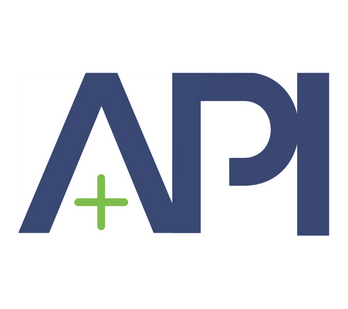
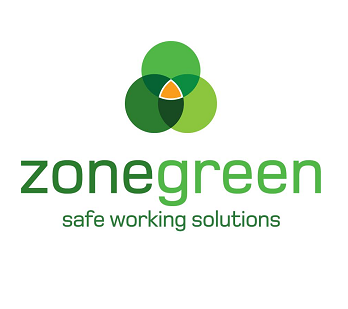
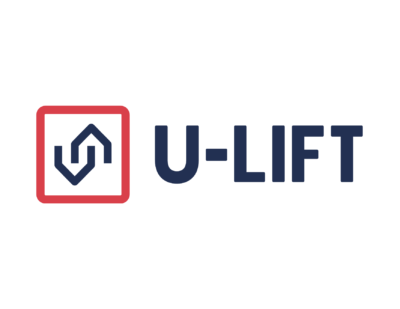

















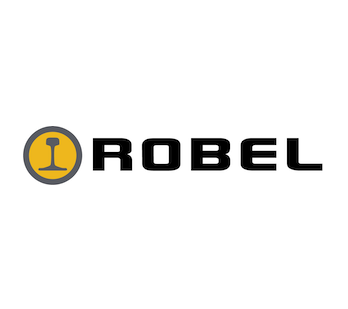
















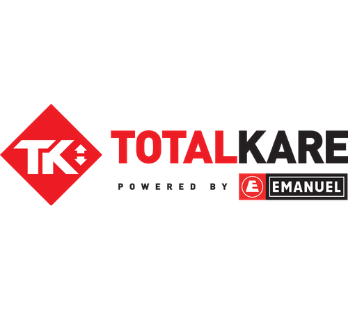


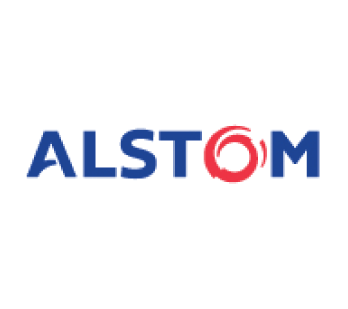
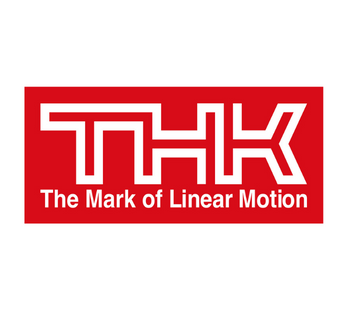

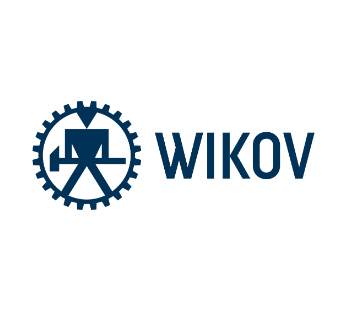



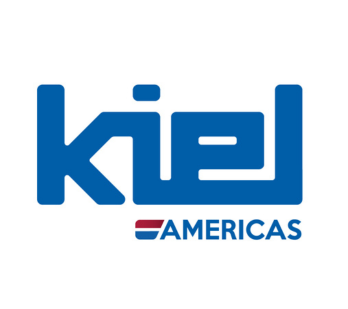

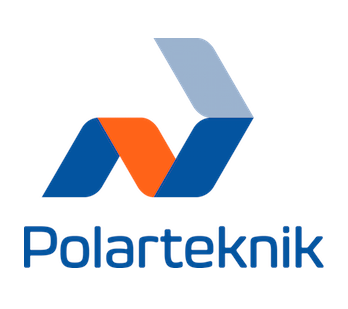











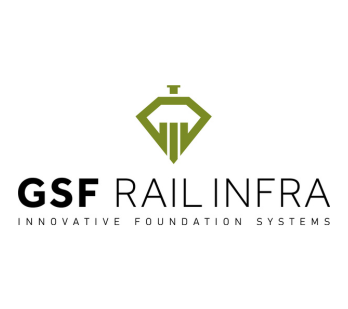








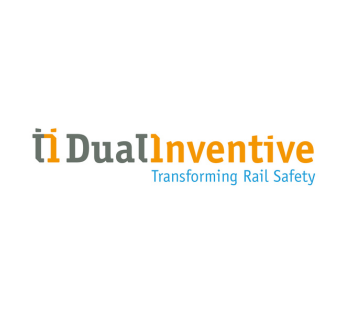

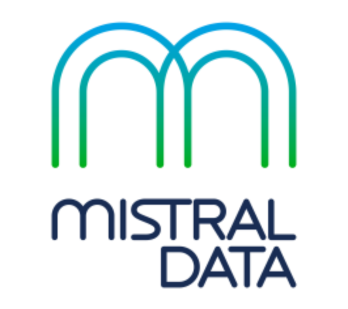
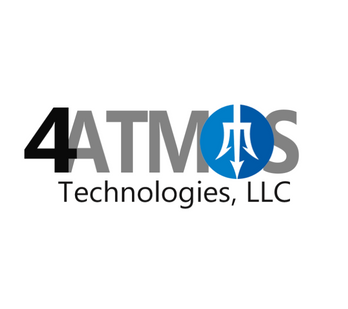
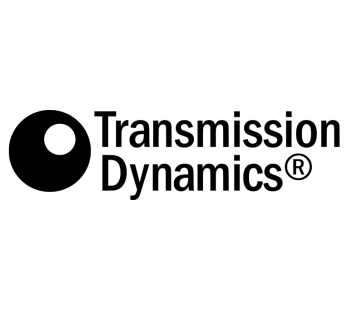






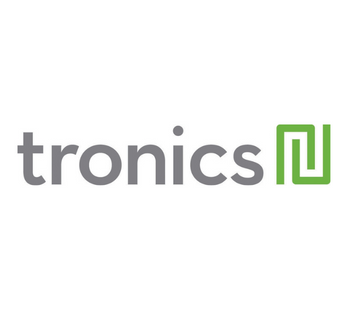


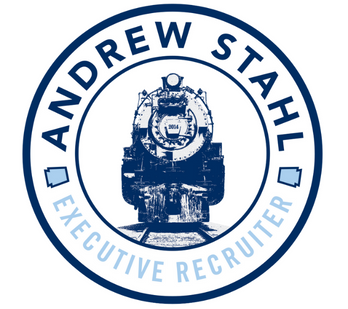





Comment
by Railway-News
Published:
27 Oct 2017
Tags
Accessibility
Transport for All
United Kingdom
Disability Access to Rail – Creating an Inclusive Society
By Steven Mifsud, Director of Direct Access Consultancy and an NRAC Access Consultant
The Life Opportunities Survey (Office for National Statistics) identified that 74% of adults with an impairment name at least one mode of transport which they ‘do not use at all’ or ‘use less than they would like’ compared to 58% of adults without an impairment. This suggests that disabled people face more (or increased) barriers to public transport use. In the United States, the National Organisation on Disability found that disabled people are four times more likely to lack suitable transportation than non-disabled people.
To use a public transport system successfully, users need to be able to find the route to their desired destination, understand scheduling information, be aware of cancellations or delays and platform changes. Barriers to people with mobility impairments may result in inconvenience, embarrassment, anger or exposure to injury by poorly trained attendees. Accessible design negates the need.
Accessible Design
Accessible design benefits rail operators by reducing workload and increasing user self-sufficiency which in turn leads to increased use. From an economic aspect, accessibility to rail transport encourages trade, tourism and enables disabled people to access social opportunities including employment. Examples of barriers include the following:
Disability Access Audit
To address these issues, a Disability Access Audit takes a snapshot of a station at a particular point in time. Using relevant guidance in the country of operation, such as the UK’s Accessible Train Station Design code of practice or the Dubai Universal Design Code, an audit will consider:
The benefits of improving disabled access can assist with others – Steinfield (2012) highlighted how eliminating stairs is a good design solution as it increases the speed of boarding and disembarking.
Steven Mifsud is the Director of Direct Access Consultancy and a NRAC Access Consultant who has worked on rail accessibility projects across Europe including for Virgin, Luas, London Underground and Network Rail.
FOR ALL THE LATEST INFORMATION, NEWS, IMAGES, VIDEOS AND ARTICLES ON ALL ASPECTS OF PASSENGER TRAINS, PLEASE CLICK HERE.